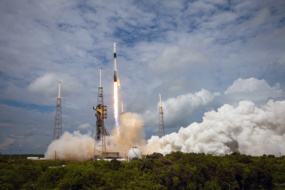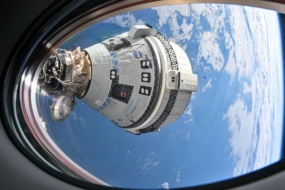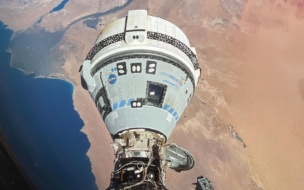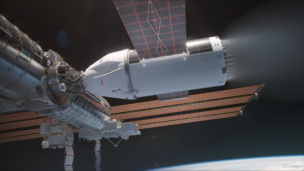All is not well with the spacesuits aboard the ISS.
Yesterday, Russian cosmonaut Oleg Artemyev was instructed by Roscosmos ground control to “drop everything and go back” to the ISS when he was three hours into a spacewalk. The issue: a flaw in the Orlan EVA suit’s electrical system that caused an unexpected drop in the suit’s battery levels.
- Artemyev was able to return safely to the airlock and connect with station power. “I think we need some solar panels on the Orlans,” he said after returning.
- After the spacewalk was safely terminated and both Artemyev and fellow crew member Denis Matveev were back aboard the station, NASA wrote in a blog post that Artemyev “was never in any danger.”
Suits are made for walking: The two cosmonauts had ventured out to make upgrades to the European Robotic Arm, which has been aboard the station. They successfully installed two cameras and removed thermal insulation and a launch restraint. After Artemyev was instructed to return to the station, cosmonaut Sergey Korsakov returned the arm to its correct position from inside the station, and Matveev ended his spacewalk early.
Getting up in age: The Russian Orlan suit isn’t the only one that’s had issues recently. On a spacewalk in March, ESA astronaut Matthias Maurer came back from a spacewalk with water in his helmet, and in May, NASA paused all its spacewalks off the ISS.
- Russia uses its own spacesuits on the ISS and didn’t pause spacewalks when NASA did.
On NASA’s end, new in-house and commercial EVA suits are in the works. NASA is building its own through the Exploration Extravehicular Mobility Unit (xEMU) program, and recently contracted Axiom and Collins to build their own versions.
The upshot: Though Roscosmos has announced its intentions to leave the ISS to build its own space station after 2024, NASA is still set on extending the outpost’s operations through 2030. One way or another, the partner agencies are going to need the EVA suits in working order to maintain the station in the coming years.




